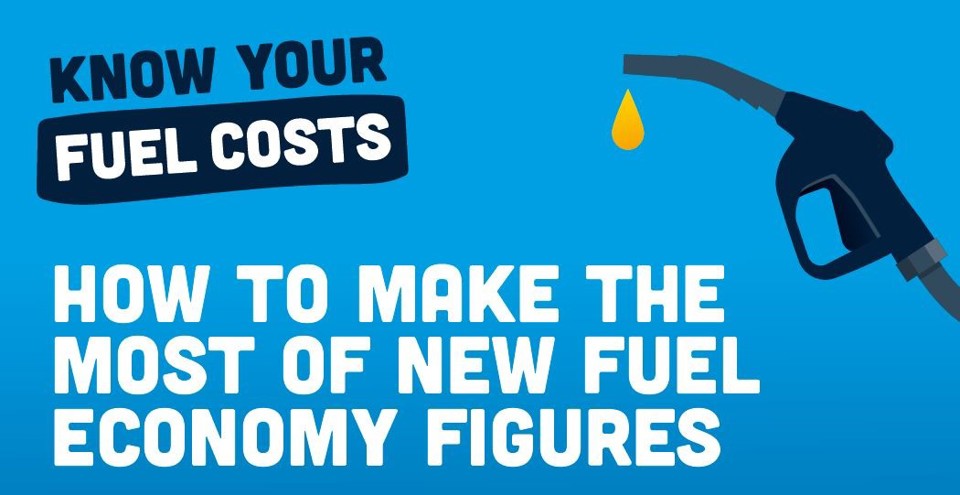The National Franchised Dealers Association (NFDA) and Low Carbon Vehicle Partnership (LowCVP) have published new guidance to “help UK motorists choose their ideal car” following the introduction of new emissions test legislation.
The NFDA has partnered with LowCVP, which works with Government and their members to accelerate the transition to low emission road transport, to produce a leaflet which will be distributed to NFDA’s franchised retailer members across the UK.
Targeted at consumers, the leaflet aims to inform car buyers on WLTP’s more sophisticated testing techniques and its more accurate emission figures.
Consumers will be able to compare the emission figures for the type of journey they do the most – with the test figures providing readings for city centre, town, rural and motorway journeys – and see which cars use the least fuel for their needs.
The leaflet also answers the most common questions about WLTP, detailing the test’s effect on Vehicle Excise Duty (VED) and Benefit in Kind (BIK) tax.
NFDA director, Sue Robinson, said: “As the automotive industry continues to evolve and more vehicles come to market, it is now more important than ever that motorists select the car that best suits their habits and needs, especially, in terms of fuel type.
“A clear understanding of the new WLTP regulation will help UK motorists choose their ideal car. Choosing the most fuel-efficient vehicle, consumers will not only save money but also contribute to improving air quality.
“NFDA advises motorists to speak to their local car retailer if they have any questions about the new testing procedure and how it may affect them.”
LowCVP’s managing director, Andy Eastlake, added: “The new WLTP figures are vital in demonstrating and reassuring motorists that there is now robust and reliable information available to help them make a better-informed purchasing decision.
“By choosing a new car that’s designed for the type of journeys they do, some drivers could save hundreds of pounds a year in fuel costs alone.
“The WLTP figures are shown on the ‘environmental label’ displayed next to every new car in the showroom, and within brochures and other marketing materials, making comparing different models easy and now much more realistic.”















Login to comment
Comments
No comments have been made yet.